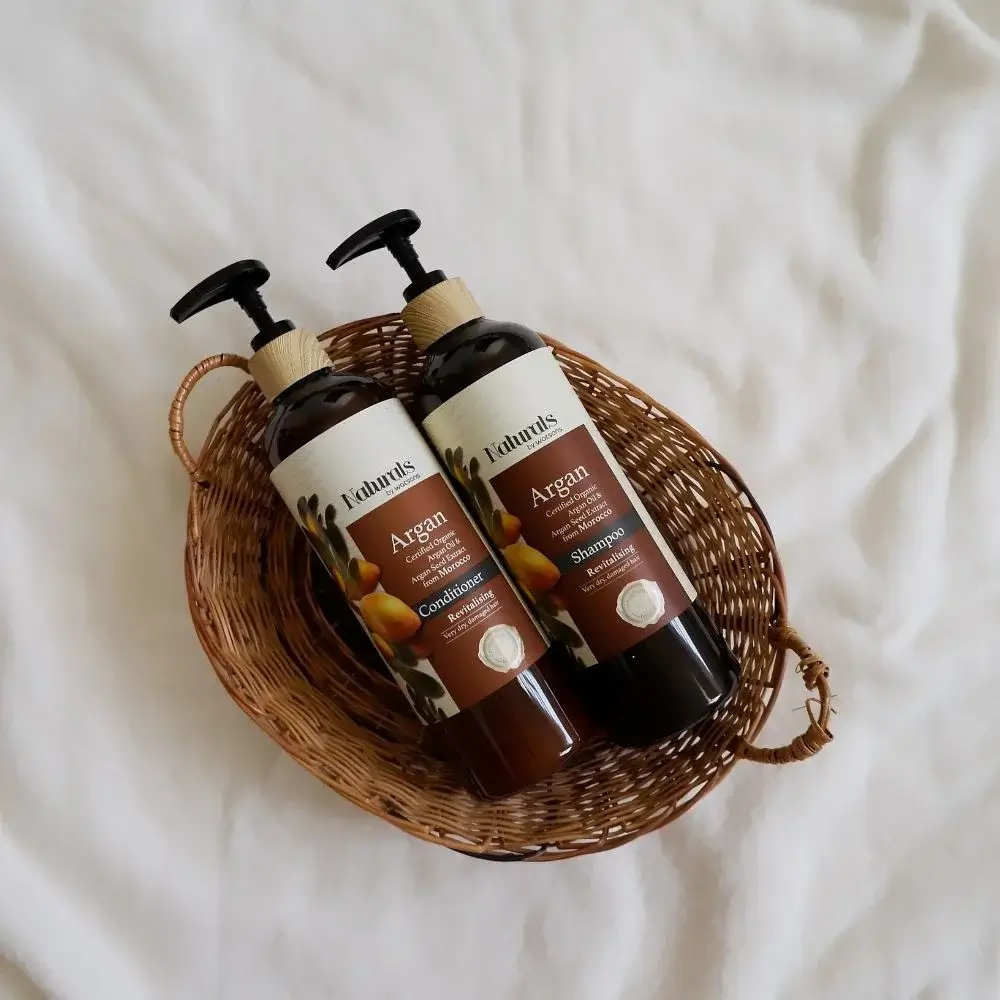Finding the perfect shampoo can be a never-ending search for those of us with fine hair. Finding a product that deep-cleanses without stripping natural oils and gives our hair the lift and volume it needs is challenging. Fortunately, homemade shampoos can give you the best of both worlds - it's natural, customizable, and affordable. This article shows you the ultimate guide to making homemade shampoo for fine hair.
1. Understanding Your Hair Type
Before we dive into the recipe, let's first understand what we need in shampoo for fine hair. Fine hair usually resembles thin, delicate, and quickly weighed down. It might be more prone to oily roots and flatness. Thus, we need a shampoo that provides deep cleansing for the scalp and hair without stripping natural oils. Add ingredients that help nourish your hair, such as honey, aloe vera, or coconut oil, to keep your hair healthy and shiny.
2. Choosing Ingredients and Creating Your Recipe
You can create a homemade shampoo recipe once you understand your hair's needs. Here are some ingredients you can mix and match until you find what works best for your hair:
- Castile soap or liquid soap as a base: provides mild cleansing
- Water or herbal tea: adds liquid and extra nourishment
- Carrier oils like jojoba, argan, or sweet almond oil: adds moisture
- Essential oils like peppermint, lavender, or tea tree oil: adds fragrance and promote hair growth and thickness
- Aloe vera gel or honey: adds shine and nutrients
- Apple cider vinegar: balances the PH level and promotes hair growth.
3. The Recipe
Here's a simple recipe to get you started:
- 1/3 cup of castile soap or liquid soap
- 1/3 cup of distilled water or herbal tea
- 1 tablespoon of carrier oil
- 10 drops of essential oil
- 1 tablespoon of honey or aloe vera gel
Combine all ingredients in a bottle and shake well before use. You may adjust the recipe according to your hair's specific needs. Always remember to shake the bottle before each use.
4. Tips and Tricks to Maximize Results
There are a few things that you can do to get the most out of your homemade shampoo:
- Use it every other day or once every three days. Fine hair doesn't need daily washing; over-washing may strip natural oils and make your hair greasier.
- Rinse well with cool water, as it can help reduce frizz and make your hair shinier.
- Use a dry shampoo between washes to keep your hair fresh and voluminous.
- Avoid using a conditioner, especially at the ends, to prevent dryness and breakage.
Homemade shampoos (find the best Drugstore Shampoo And Conditioner here) can be a fun and healthy way to care for your hair, especially if you have sensitive or fine hair. Remember to customize your recipe according to your hair's specific needs, use it in moderation, rinse well, and use a conditioner, and you'll get healthy, bouncy, and gorgeous hair in no time! Try out our recipe and let us know how it works for you!
Achieving the perfect hair can seem like a daunting task, especially if you have fine hair. But with the best delicate hair shampoo, it's possible and can be effortless. We've gone through the hassle of researching and reviewing various shampoos, so you won't have to. We aim to provide you best shampoo for fine hair that'll leave your fine hair feeling silky smooth, voluminous, and healthy. All you need to do is click the link and discover your next favorite shampoo that'll transform your routine and make bad hair days a thing of the past. Don't believe us? Try it out for yourself and see the difference it makes.
What potential adverse effects can heat styling have on fine hair?
Heat styling tools, such as curling and flat irons, can cause significant damage to fine hair. Excessive heat can strip away moisture, leading to dryness and brittleness. Fine hair is particularly susceptible to heat damage due to its delicate nature. Frequent use of heat styling tools can result in split ends, breakage, and overall weakening of the hair strands. It is advisable to use heat-protectant products and limit heat styling tools to prevent these adverse effects and maintain the health and integrity of your fine hair.

What are some common misconceptions about shampoos designed for fine hair?
Several things could be improved regarding shampoos designed for fine hair. One common misconception is that a volumizing shampoo will automatically make fine hair thicker. While these shampoos can provide temporary volume, they do not fundamentally change the thickness of individual hair strands. Another misconception is that all shampoos labeled "for fine hair" suit everyone with fine hair. Each person's hair is unique, and choosing a shampoo that addresses specific concerns, such as oiliness or dryness, and provides volume is essential.

How does pH balance impact the effectiveness of shampoos for fine hair?
The pH balance of shampoos plays a crucial role in their efficacy for fine hair. Fine hair tends to have a slightly acidic pH, and shampoos with a similar pH level help maintain their natural balance. Shampoos with an acidic pH can help seal the hair cuticles, reducing frizz and enhancing shine. On the other hand, shampoos with a higher pH can cause hair cuticles to open, leading to increased moisture loss, dullness, and potential damage. Choosing a pH-balanced shampoo for fine hair can promote optimal health and appearance.

How do different shampoo ingredients affect the overall condition of fine hair?
Various ingredients found in shampoos can affect the overall condition of fine hair. Lightweight ingredients like proteins, panthenol, and glycerin can help strengthen and moisturize fine hair without weighing it down. Besides, volumizing agents like polymers or silica can provide lift and enhance the appearance of thickness. However, some ingredients, such as sulfates and alcohol, can be harsh and dry, which is not ideal for fine hair. It is essential to select shampoos with gentle, nourishing ingredients that cater specifically to the needs of fine hair to maintain its health and vitality.

How can I style my fine hair without relying heavily on heat-styling tools?
Styling fine hair without excessive heat can be achieved with simple techniques. Start by towel-drying your hair gently to remove excess moisture, then apply a lightweight volumizing mousse or spray to add body. Opt for air-drying or use a diffuser attachment on your blow dryer to minimize heat damage. Embrace hairstyles that work with your hair's natural texture, such as loose waves (find the best shampoo for permed hair here!) or braids. Also, using accessories like clips or headbands can add interest and volume to your hair without resorting to heat styling. Experiment with different styling techniques to find the best for your fine hair.
Should I consider incorporating a clarifying shampoo into my fine hair care regimen?
Incorporating a clarifying shampoo into your fine hair care regimen can have its benefits. Over time, hair products and environmental factors can cause buildup on the strands, making fine hair appear limp and lackluster. Clarifying shampoos are specially formulated to deep-cleanse the hair and remove residue, excess oil, and impurities. However, it is essential to use a clarifying shampoo sparingly, as frequent use can strip away natural oils and cause dryness. Consider using a clarifying shampoo once every few weeks to maintain a clean and refreshed scalp and promote healthy-looking fine hair.







